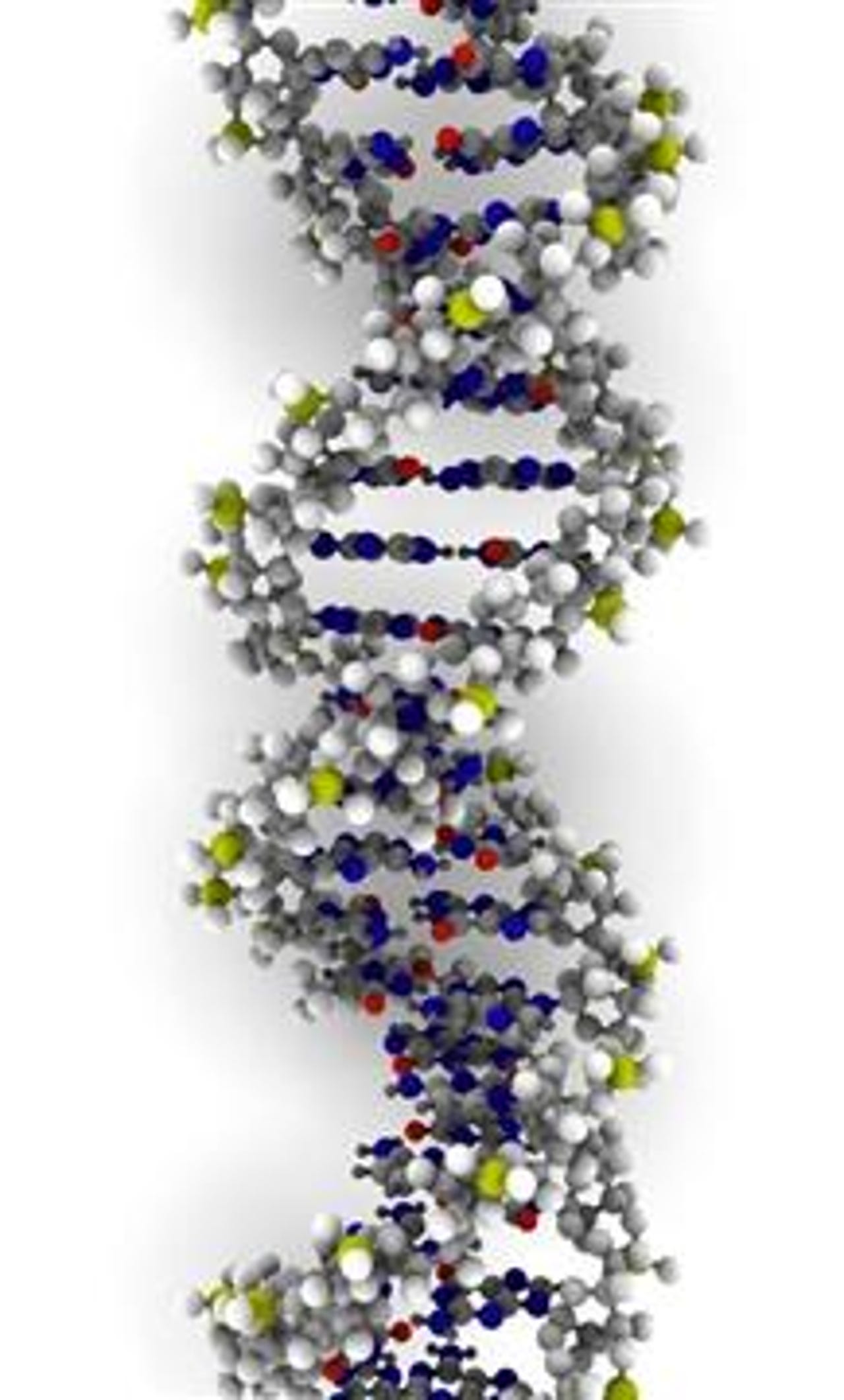Photos: The top five UK supercomputing projects

From probing the Big Bang to decoding DNA
Want to travel back in time to the Big Bang, unlock the secrets of the human genome or discover alien worlds? Get yourself a supercomputer.
Scientists across the UK are using the monsters of computing, thousands of times more powerful than the average desktop, to help answer these big questions.
silicon.com's round-up of pioneering high-performance computing (HPC) research in the UK starts in Cambridge, where the supercomputer Darwin is being used to look back at the formative years of the universe, just hundreds of thousands of years after the Big Bang.
Darwin will process information from the Planck satellite, the European Space Agency's telescope launched last week. The telescope, shown here, uses supercooled receivers to take precise measurements of cosmic microwave background radiation.
This radiation is what remains of light from the Big Bang explosion and using its 2,340 Intel processing cores, Darwin will run simulations of how the universe evolved to leave the background radiation we see today.
Hundreds of terabytes of raw data are streamed to Darwin to run the simulations.
Paul Calleja, director of HPC services at Cambridge University, said: "There is quite a complex series of operations that have to be run in sequence to avoid inefficiencies."
The simulations will help answer questions such as whether the universe will continue its expansion forever or will collapse into a Big Crunch and how old is the universe, as well as shedding light on the mysterious nature of dark matter and energy.
Photo credit: ESA – D. Ducros
The hunt for alien planets is not just taking place at the far reaches of our galaxy but within high performance computing (HPC) centres at universities across the UK.
At the University of Leicester, the Spectrum HPC is one of the main supercomputers churning through millions of observations from robotic wide angle telescopes - as part of the UK SuperWASP project - in the hope of a telltale glimpse of a distant planet.
Spectrum has 400 CPU cores and relies on a combination of 30TB drives and a large tape library.
By analysing data from telescopes trained on one piece of sky for a long period of time the supercomputer can spot the regular dimming as a planet passes in front of its sun. Pictured is the same motion with the planet Mercury passing in front of the sun in our solar system.
The project is scouring images of 28 million stars and to date has found 25 exoplanets - planets outside of our solar system. The exoplanets that have been discovered are far larger than earth but the next generation of telescopes should be able to detect smaller, more earth-like bodies.
Dr Chris Rudge, facility manager for the UK Astrophysics Fluids Facility at Leicester University, said: "The UK is at the forefront of exoplanet research, we are finding these things frequently and cheaply."
The supercomputer is working its way through the 6.7 million images that have been collected since the project began in 2004.
A lot of work also goes into correcting for potential red herrings in the images such as planes or the International Space Station going overhead.
Photo credit: edhiker, via Flickr under the following Creative Commons licence

Raw processing power is also helping unravel the human genome, helping to develop new treatments and insights into deadly diseases.
At Leicester University, the Spectrum HPC is looking at variations in the rungs on the ladder of DNA, known as base pairs, to discover which genes are linked with disease.
The university's health science and genetics department is using the HPC to pinpoint the genes linked to disease.
It was part of the Wellcome Trust Case Control Consortium, which recently completed a study comparing the genes of 14,000 people with a range of diseases - from Crohn's Disease to diabetes - with those of 3,000 healthy people that uncovered a range of genes linked to disease.
Leicester's work has already uncovered new regions of the genome associated with coronary and artery disease and it is now preparing a new study that hopes to discover the genes associated with high blood pressure.
Photo credit: ynse, via Flickr under the following Creative Commons licence
The big daddy of all UK supercomputers is Hector, at the University of Edinburgh.
Hector can handle 63 trillion calculations per second, equivalent to the processing power of 12,000 desktop systems.
Hector is shedding light on how to develop ultra powerful, superfast lasers, whose precise beams are very useful for destroying cancer cells without damaging surrounding tissue.
Hector's power has allowed professor Ken Taylor from Queen's University in Belfast to simulate how light interacts with helium, one of the smallest atoms with multiple electrons.
It helped Taylor characterise the basic physics of quantum entanglement, a bizarre phenomenon where one sub atomic particle is able to instantly influence the state of the other.
Queen's is also using Hector to probe light's behaviour at even higher energy wavelengths.
Photo credit: dmuth, via Flickr under the following Creative Commons licence
Taking the temperature of the Earth's core is no mean feat but Hector has allowed scientists to do so with unparalleled accuracy.
The temperature of the Earth's core plays a role in planet-shaping processes such as the creation of the earth's magnetic field, mantle convection and plate tectonics - which are responsible for earthquakes and volcanic eruptions.
No probes would be able to withstand the high temperatures and crushing pressures inside the earth's molten iron outer core, so conditions have to be recreated in the lab.
This can lead to large variations in results but Hector's processors are able to model the conditions far more precisely than previous simulations.
Last year professor Dario Alfe and colleagues from University College London used Hector and a more accurate calculation method, called Quantum Monte Carlo, to reduce the errors of his earlier calculation of the core temperature.
Photo credit: azrainman, via Flickr under the following Creative Commons licence